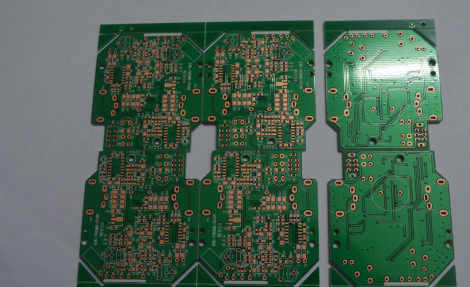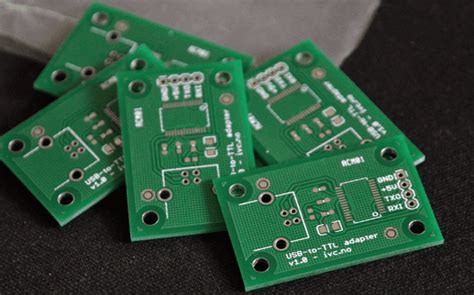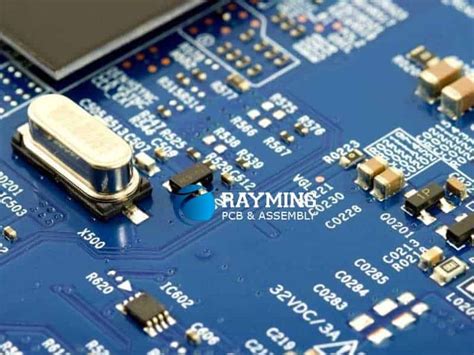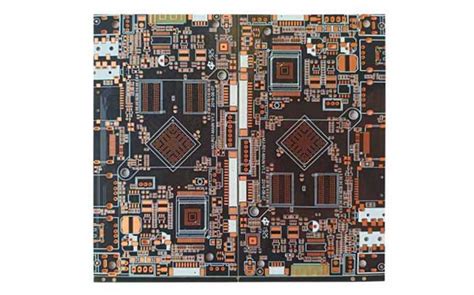How to deal with high current ground wire and sampling circuit analog ground
In electronic circuit design, the treatment of high current ground wire and sampling circuit analog ground is a crucial link. Their reasonable treatment is directly related to the stability, reliability and measurement accuracy of the circuit. The high current ground wire mainly carries a large current, and its function is to provide a low-impedance return path for the large current; while the sampling circuit analog ground is the reference potential of the analog signal in the sampling circuit, which has extremely high requirements for sampling accuracy. Due to the different characteristics and functions of the two, appropriate treatment methods need to be adopted in circuit design to avoid mutual interference and ensure the normal operation of the circuit.
Characteristics and treatment points of high current ground wire
Characteristics of high current ground wire
The current carried by the high current ground wire is usually large, which may range from a few amperes to tens of amperes or even higher. Under such a large current, the influence of the resistance and inductance of the ground wire on the current becomes non-negligible. Even small resistance and inductance will produce significant voltage drop and electromagnetic interference when a large current passes through. For example, in a switching power supply circuit, the switching action of the power device will cause the large current to change rapidly on the large current ground wire, thereby generating large voltage fluctuations and electromagnetic radiation.
Construction of low impedance paths
In order to reduce the voltage drop and electromagnetic interference on the high current ground line, a low impedance ground path needs to be constructed. This is usually achieved by using wider printed circuit board (PCB) traces or power and ground layers in specialized multi-layer PCBs. Wider traces can reduce resistance and reduce power loss; while the power and ground layers in multi-layer PCBs can provide a large area of low impedance return path, effectively reducing inductance. In some high-power industrial equipment, thick copper foil PCBs are used to carry high current ground lines to ensure their low impedance characteristics.

Isolation of high current ground from other circuits
Effective isolation is required between the high current ground line and other circuits to prevent the interference generated by the high current from propagating to other circuit parts. This can be achieved by separating the high current circuit from other circuits during PCB layout, keeping a certain distance, and using a ground plane or shielding layer for isolation. In automotive electronic systems, the high current ground line of the motor drive circuit and other electronic circuits in the car need to be strictly isolated to prevent the interference generated by the motor from affecting the normal operation of other electronic equipment.
Characteristics and processing points of analog ground of sampling circuit
Characteristics of analog ground of sampling circuit
The analog ground of sampling circuit is the reference potential of analog signal in sampling circuit, and its stability and purity play a decisive role in sampling accuracy. Sampling circuit is usually used to collect and process weak signals, so it is very sensitive to the noise of analog ground. Even tiny noise interference may be amplified during the sampling process, resulting in errors in measurement results.
Low-noise design of analog ground
In order to ensure the low-noise characteristics of analog ground, a series of design measures need to be adopted. First, a low-noise power supply should be selected to power the sampling circuit, and the power supply should be well filtered to reduce the impact of power supply noise on analog ground. Secondly, when laying out the PCB, the analog components in the sampling circuit should be as close to the analog ground plane as possible to shorten the signal transmission path and reduce the chance of signal interference. In the high-precision sensor signal acquisition circuit, a special low-noise amplifier will be used and closely connected to the analog ground plane to ensure the purity of the sampling signal.

Isolation of analog ground and digital ground
In many electronic systems, there are both analog circuits and digital circuits, and the high-speed switching action of digital circuits will generate a lot of electromagnetic interference. In order to prevent the interference of digital ground from coupling to analog ground, it is necessary to effectively isolate analog ground and digital ground.
Common isolation methods include using isolation devices such as optocouplers and magnetic couplers, or separating analog ground and digital ground during PCB layout and connecting them through single-point grounding. In the signal acquisition circuit of some medical equipment, optocouplers are used to isolate analog ground and digital ground to ensure that the sampling signal is not interfered by digital circuits to meet the high-precision requirements of medical testing.
Cooperative processing of high-current ground wire and analog ground of sampling circuit
Choice of single-point grounding and multi-point grounding
When dealing with the relationship between high-current ground wire and analog ground of sampling circuit, single-point grounding and multi-point grounding are two common methods. Single-point grounding is suitable for low-frequency circuits, which can effectively avoid ground loop interference.
In the single-point grounding method, the high-current ground wire and the analog ground of the sampling circuit are connected together through a common grounding point. This method is simple and easy, but in high frequency, due to the inductance effect of the ground wire, it may cause large signal reflection and interference.
Multi-point grounding is suitable for high-frequency circuits. It can reduce ground resistance and reduce signal reflection and interference. In the multi-point grounding method, the high-current ground wire and the sampling circuit analog ground are connected to the system ground through multiple grounding points. However, multi-point grounding needs to be careful to avoid forming a ground loop, otherwise it will introduce additional interference. In practical applications, it is necessary to reasonably select single-point grounding or multi-point grounding according to the operating frequency and specific requirements of the circuit.

Application of isolation technology
In order to further reduce the mutual interference between the high-current ground wire and the sampling circuit analog ground, isolation technology can be used. In addition to the isolation devices such as optocouplers and magnetic couplers mentioned above, isolation transformers can also be used to achieve electrical isolation between the two. Isolation transformers can effectively block DC and low-frequency interference while maintaining signal transmission. In some industrial automation control systems with high requirements for electromagnetic compatibility, isolation transformers are used to isolate high-current ground wires and sampling circuit analog grounds to ensure stable operation of the system.
Control of ground resistance
Whether it is a high-current ground wire or a sampling circuit analog ground, the size of the ground resistance has an important impact on the circuit performance. For high-current ground wires, the ground resistance should be minimized to reduce voltage drop and electromagnetic interference; for sampling circuit analog ground, the ground resistance should also be controlled to ensure its stability and low noise characteristics. The ground resistance can be reduced by increasing the number of grounding points and using low-resistance grounding materials. At the same time, the ground resistance should be checked regularly to ensure that it is within the normal range.
The treatment of high-current ground wires and sampling circuit analog ground is an important link that cannot be ignored in electronic circuit design. By deeply understanding their characteristics and interrelationships, and taking reasonable treatment methods, such as building a low-impedance path, effective isolation, choosing a suitable grounding method, and controlling the ground resistance, the stability, reliability and measurement accuracy of the circuit can be effectively improved. In the actual circuit design process, it is also necessary to flexibly apply these methods according to specific application scenarios and circuit requirements, and optimize them through experiments and tests to ensure that the circuit can meet various complex working conditions. With the continuous development of electronic technology, new circuit design concepts and technologies continue to emerge, which also requires circuit designers to continue to learn and explore in order to better deal with the various problems encountered in the processing of high current ground wires and sampling circuit analog ground.







